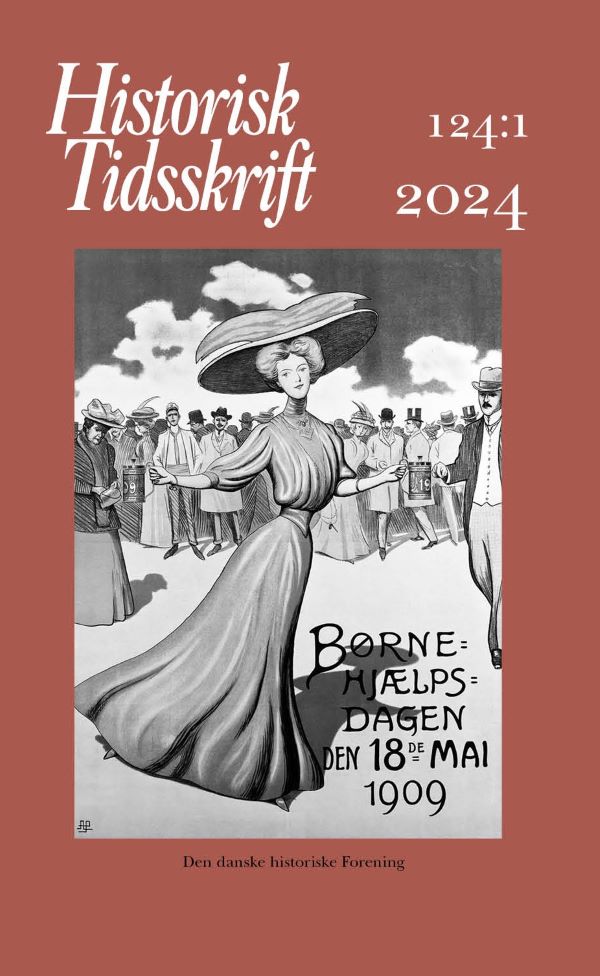De foreningsrettslige utrenskningene i Danmark og Norge etter 1945. Sagførersamfundet og Sakførerforeningen
Sagførersamfundet and Sakførerforeningen
DOI:
https://doi.org/10.7146/ht.v124i1.149252Nøgleord:
retsopgøretResumé
Despite vigorous debates on the post-World War II court settlements, interest in internal disciplinary settlements of professional associations has been limited in both Norway and Denmark. The major exception in Norway has been a heated debate following the report from the Norwegian Authors’ Union’s disciplinary committee (æresrettutvalget) in 2018.
This article compares the disciplinary settlements and purges in the two countries following liberation. A major difference was in the willingness to review disciplinary measures taken by associations before World War II. Danish courts showed far greater willingness than their Norwegian counterparts to review disciplinary decisions that association members found unjust. The quality of decisions by Danish courts improved still more after the Danish Sagførersamfundet came to understand that members who felt they had received unfair treatment could turn to the courts with a real chance of having the decision overturned.
In Norway, only one appeal of a disciplinary action (expulsion) was brought to the courts after liberation. This occurred in 1953, long after the disciplinary settlements were over. In other words, association purges in Norway after liberation took place without court supervision. This fact has been almost absent from the debate since the 2018 report of the Norwegian Authors’ Union’s disciplinary committee.
Bar associations could be expected to provide more comprehensively for their members’ legal protection than other post-liberation professional associations. This was indeed the case in the well-regulated Danish Sagførersamfundet, but less so in the Norwegian Sakførerforeningen. In Norway, the possibility of contradiction seems to have been very limited, meaning that the accused had no real opportunity to challenge an accusation before the sanction was imposed, especially for members who had been affiliated with the National Socialist Party. Additionally, there was no appeals process. Perhaps the most problematic aspect of the Sakførerforeningen’s purification process was that key leaders, who played a central role in formulating the guidelines for sanctioning „unpatriotic attitudes,“ had themselves engaged in similar behavior during Norway’s occupation.
Downloads
Publiceret
Citation/Eksport
Nummer
Sektion
Licens
Ophavsret til bidrag i Historisk Tidsskrift tilhører forfatterne og Den danske historiske Forening som udgiver af Historisk Tidsskrift. For illustrationer gælder den ophavsret, som står anført i billedteksten. Ophavsretslovens almindelige bestemmelser gælder, hvilket vil sige, at ophavsretten gælder i 70 år efter forfatterens død. Bidrag i Historisk Tidsskrift må derfor, med forbehold for en ”moving wall” på tre år, frit downloades, læses, gemmes, anvendes og citeres (med kildeangivelse) i privat og videnskabelig sammenhæng, men de må ikke helt eller delvis genudgives af tredjepart, heller ikke i redigeret form, uden tilladelse fra forfatterne og Den danske historiske Forening. Henvendelse skal i så fald rettes til Historisk Tidsskrifts redaktion på histtid@hum.ku.dk.





